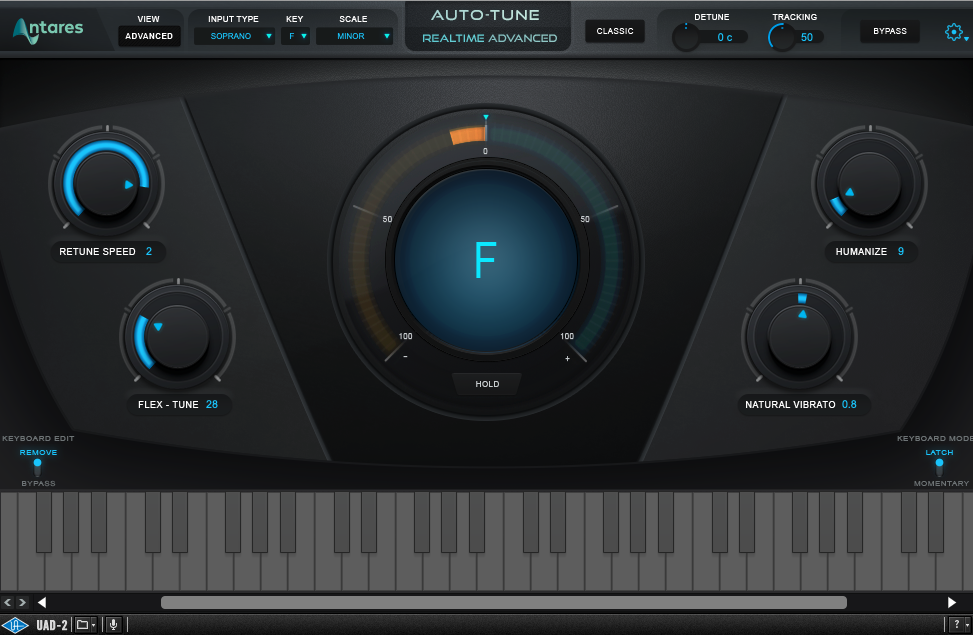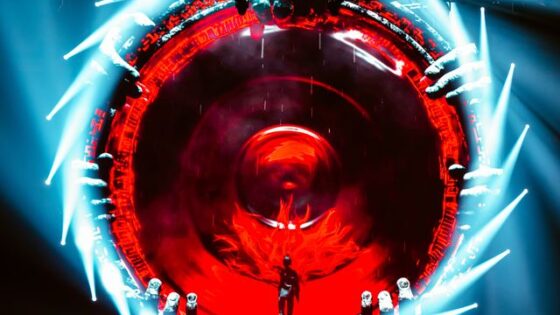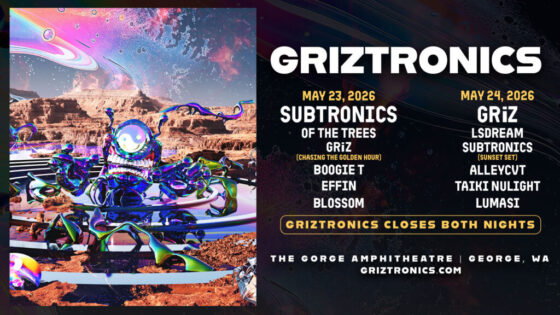Technically known as “pitch quantization”, the auto-tune effect smooths out variations in pitch that occur while singing or playing an instrument. At the fastest retune setting, the transitions between notes are eliminated. Instead, each and every note is quantized to an exact pitch by the Auto-Tune effect. Auto-Tune was invented by Dr. Andy Hildebrand, a research engineer employed in the oil industry. His big breakthroughs came when he tweaked auto-correlation to pitch-correct music. In 1996, Antares Audio Technologies and their auto-tune software were born.
The first hit song that famously implemented auto-tune as a vocal effect was Cher’s single, Believe. Previously, the software had been used for minor pitch correction and this marked the beginning of the use of auto-tune as a distinctive sonic effect. Nowadays most popular music has been auto-tuned to some degree. Sometimes it’s used to fix a missed synthesizer note, and other times to pitch correct an entire vocal performance.
The most prominent user of auto-tune has to be the aforementioned artist T-Pain, a rapper whose name is practically synonymous with the effect. He also released his own successful iPhone app based on the effect called, “I Am T-Pain“.
We got our hands on the latest edition of auto-tune from Universal Audio to see for ourselves how the plugin preforms in 2019. It’s incredibly simple to use and the pitch correction algorithm is very versatile it can sound natural and artifact-free or full of aliasing and alien textures, if that’s more your style. We also find ourselves often using Auto-Tune Advanced as a creative instruments effect!

The new and improved intuitive interface of UAD Auto-Tune Advanced makes it incredibly easy to dial in the sound you want, only tweaking four knobs.
We’ve used many versions of auto-tune since it was first released and this iteration is fantastic. CPU load becomes an issue of the past and we absolutely love the zero-latency feature for recording. We highly recommend all of you UAD Interface and Satellite owners to check out the demo!
Important things happen in Pacific Northwest nightlife, and DMNW will send you alerts!









































